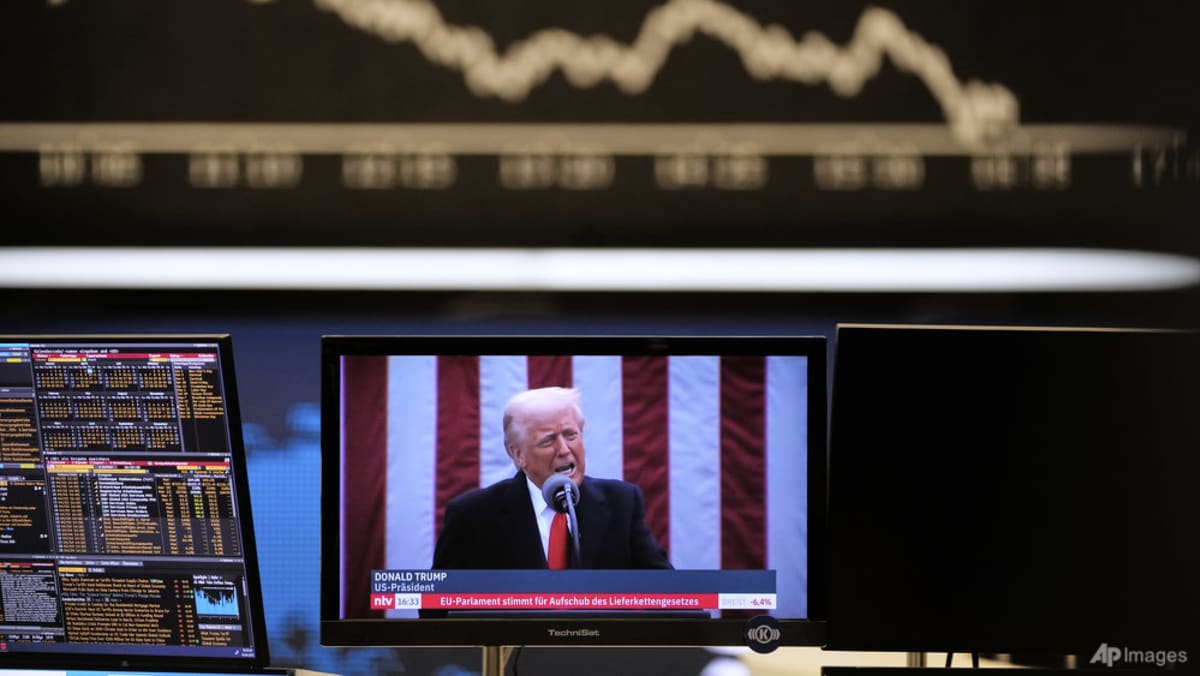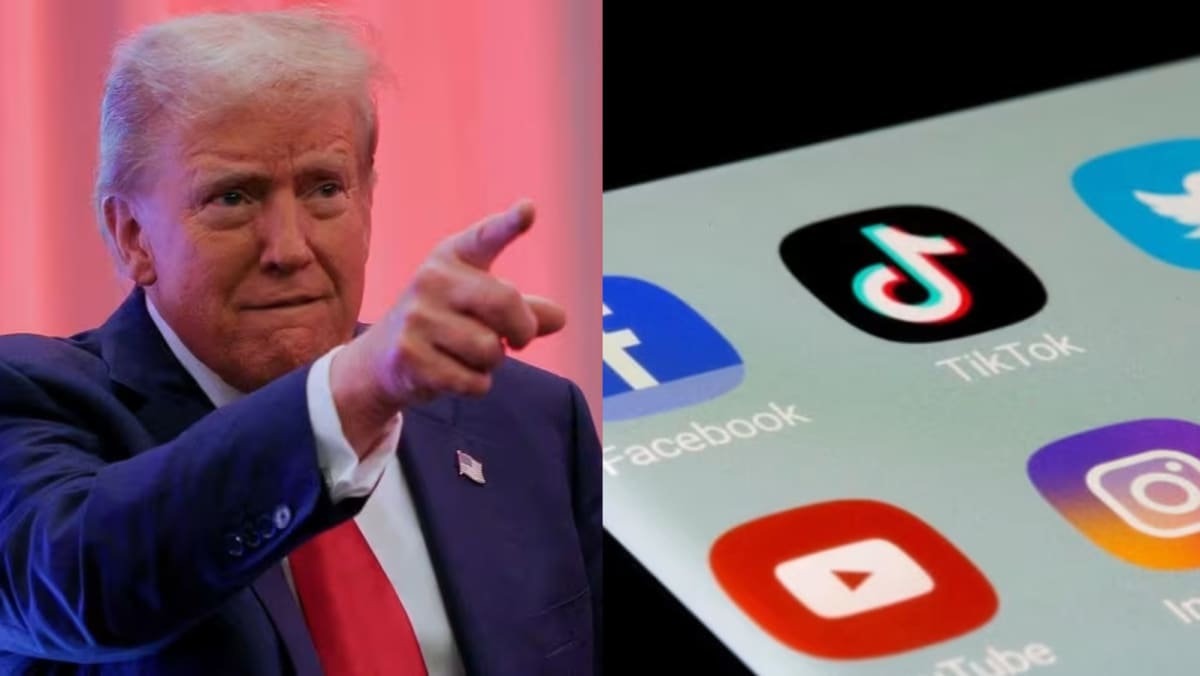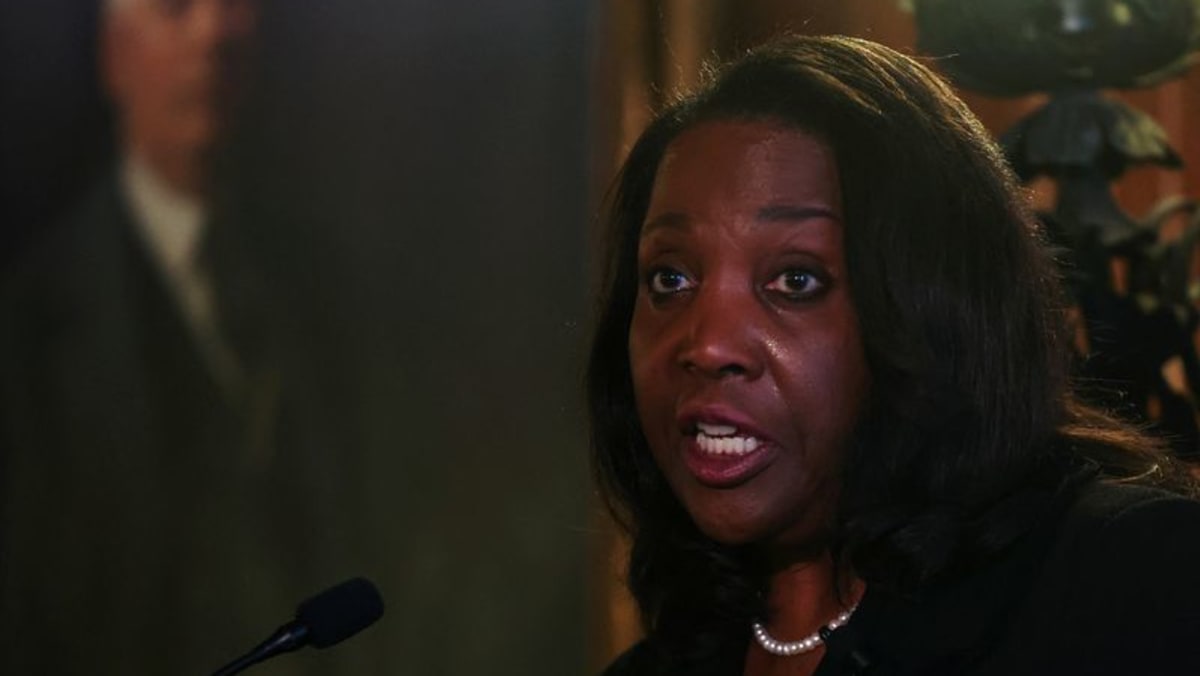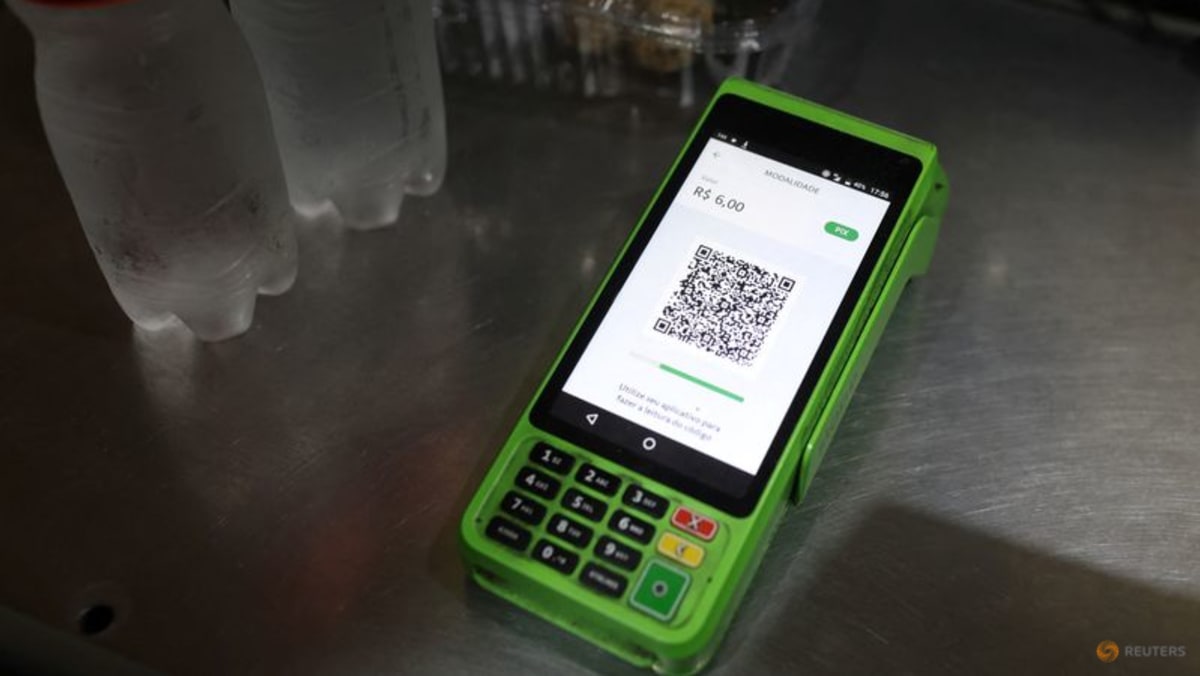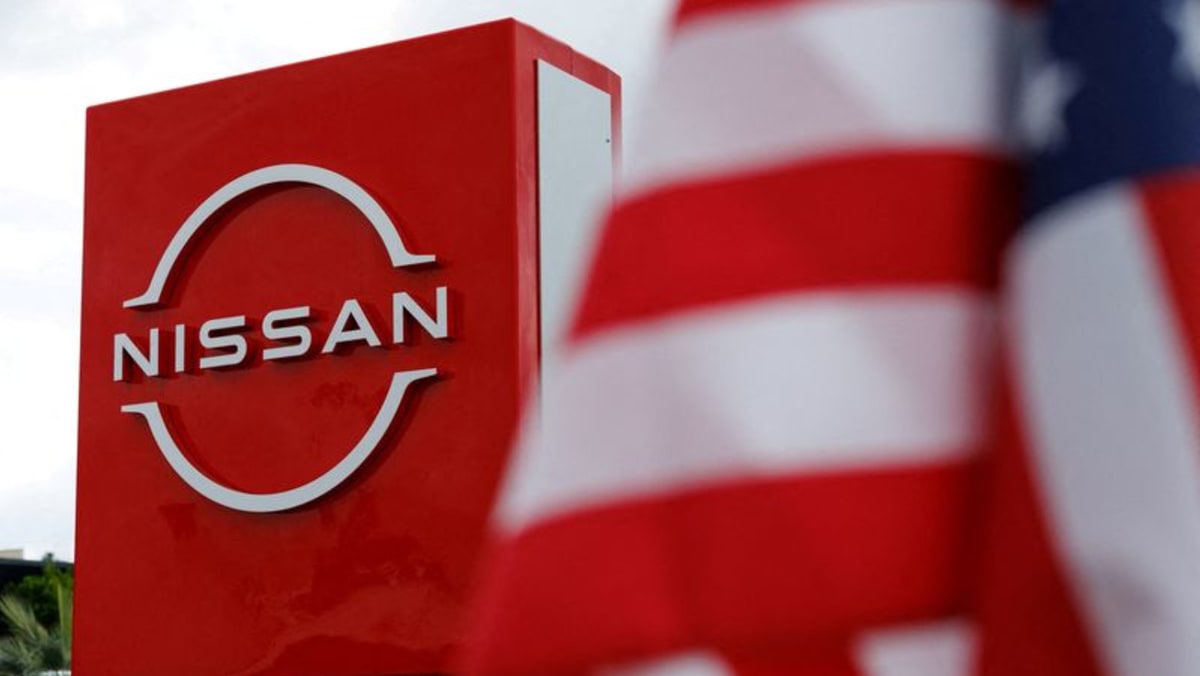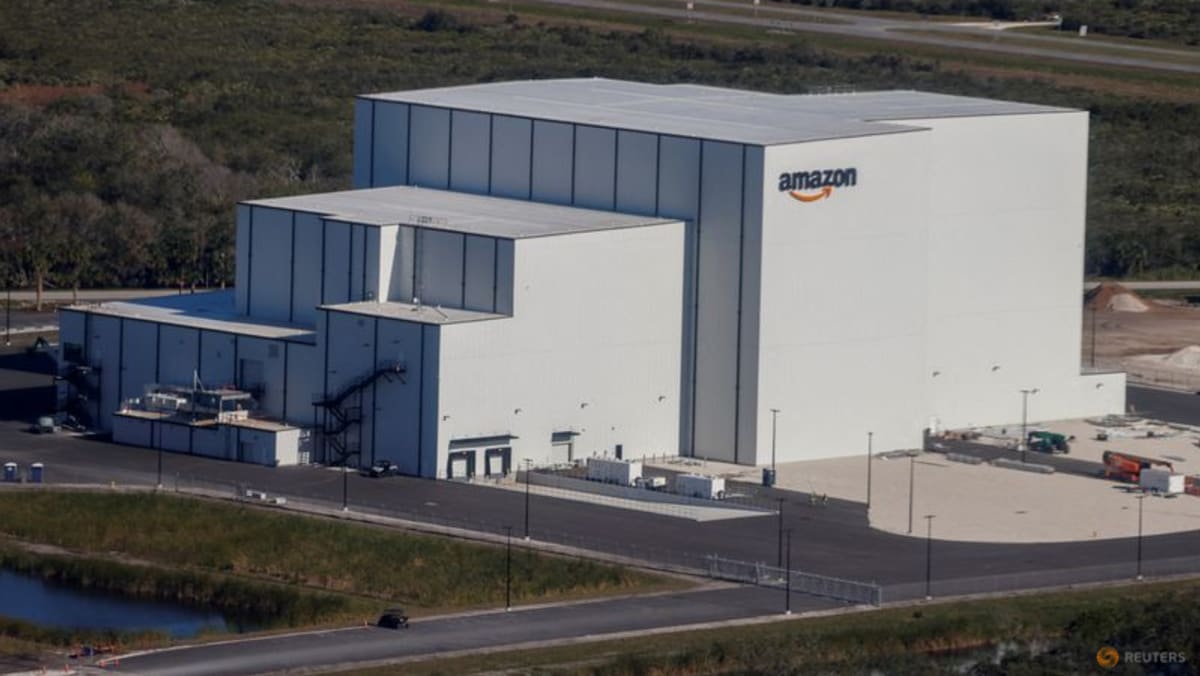September 2019: The Washington Post reports that while images of Hong Kong protests and police crackdowns are common on most social media sites, they are strangely absent on TikTok. The same story notes that TikTok posts with the #trump2020 tag received more than 70 million views.
The company insists that TikTok content moderation, conducted in the US, is not responsible and says the app is a place for entertainment, not politics.
October 2019: US politicians begin to raise alarms about TikTok’s influence, calling for a federal investigation of its Musical.ly acquisition and a national security probe into TikTok and other Chinese-owned apps. That investigation begins in November, according to news reports.
December 2019: The Pentagon recommends that all US military personnel delete TikTok from all phones, personal and government-issued. Some services ban the app on military-owned phones. In January, the Pentagon bans the app from all military phones.
TikTok becomes the second-most downloaded app in the world, according to data from analytics firm SensorTower.
May 2020: Privacy groups file a complaint alleging TikTok is still violating US child-protection laws and flouting a 2019 settlement agreement. The company “takes the issue of safely seriously” and continues to improve safeguards, it says.
July 2020: President Donald Trump says he is considering banning TikTok as retaliation for China’s alleged mishandling of the COVID-19 pandemic. Separately, India bans TikTok and dozens of other Chinese apps in response to a border clash with China.
August 2020: Trump issues a sweeping but vague executive order banning American companies from any “transaction” with ByteDance and its subsidiaries, including TikTok. Several days later, he issues a second order demanding that ByteDance divest itself of TikTok’s US operations within 90 days.
Microsoft confirms it is exploring the acquisition of TikTok. The deal never materialises and neither does a similar overture from Oracle and Walmart. TikTok, meanwhile, sues the Trump administration for alleged violation of due process in its executive orders.
November 2020: Joe Biden is elected president. He does not offer a new policy on TikTok and will not take office until January, but Trump’s plans to force a sale of TikTok start to unravel anyway. The Trump administration extends the deadlines it had imposed on ByteDance and TikTok and eventually lets them slide altogether.
February 2021: Newly sworn-in President Joe Biden postpones the legal cases involving Trump’s plan to ban TikTok, effectively bringing them to a halt.
September 2021: TikTok announces it has more than a billion monthly active users.
April 2022: TikTok becomes the most downloaded app in the world, beating out Instagram, according to SensorTower data.
June 2022: BuzzFeed reports that China-based ByteDance employees have repeatedly accessed the nonpublic information of TikTok users, based on leaked recordings from more than 80 internal TikTok meetings. TikTok responds with a vague comment touting its commitment to security that does not directly address the BuzzFeed report.
TikTok also announces it has migrated its user data to US servers managed by the US tech firm Oracle. But that does not prevent fresh alarm among US officials about the risk of Chinese authorities accessing US user data.
December 2022: FBI Director Chris Wrap raises national security concerns about TikTok, warning that Chinese officials could manipulate the app’s recommendation algorithm to influence operations.
February 2023: The White House gives federal agencies 30 days to ensure TikTok is deleted from all government-issued mobile devices. Both the FBI and the Federal Communications Commission warn that ByteDance could share TikTok user data with China’s authoritarian government.

